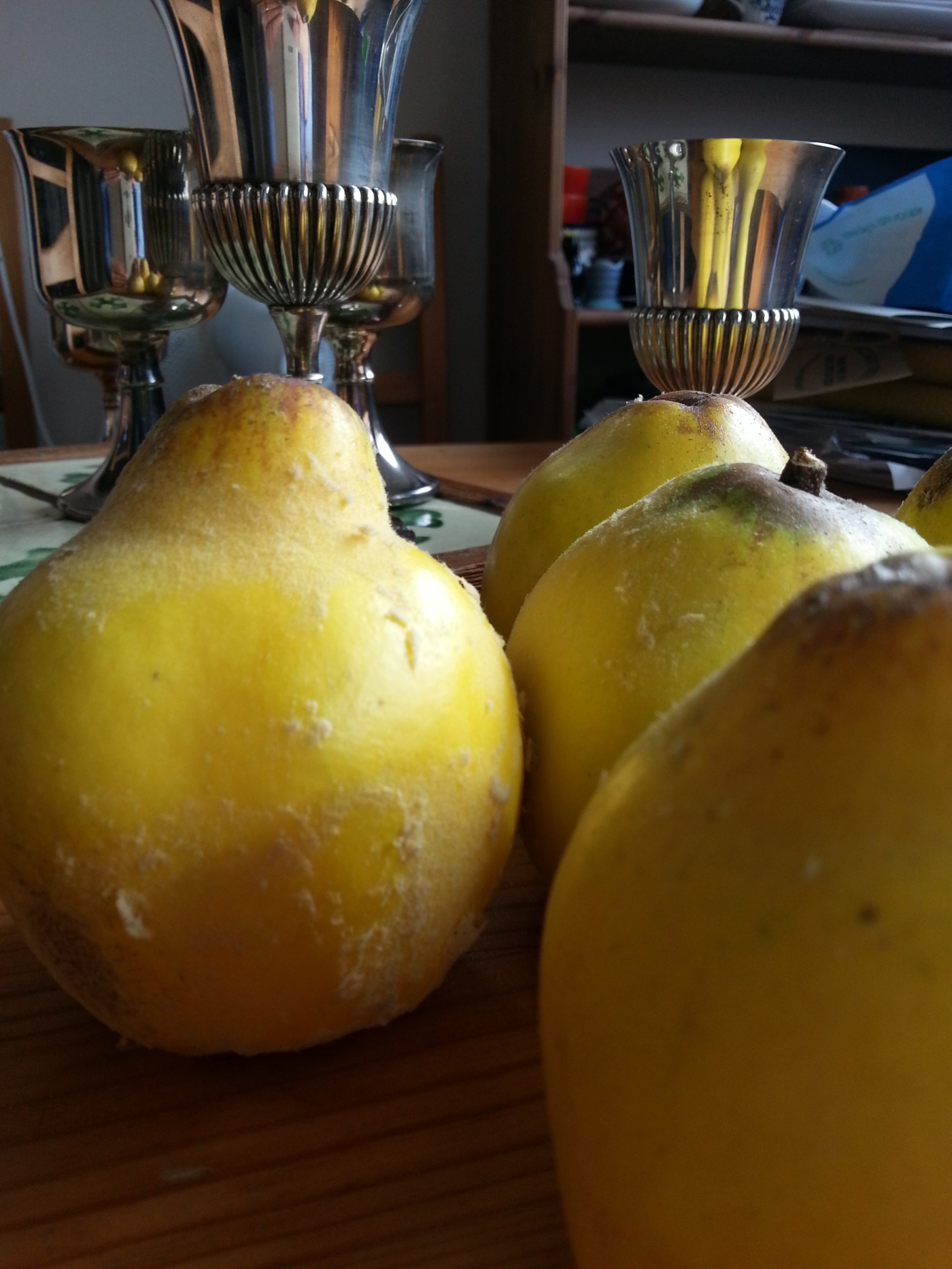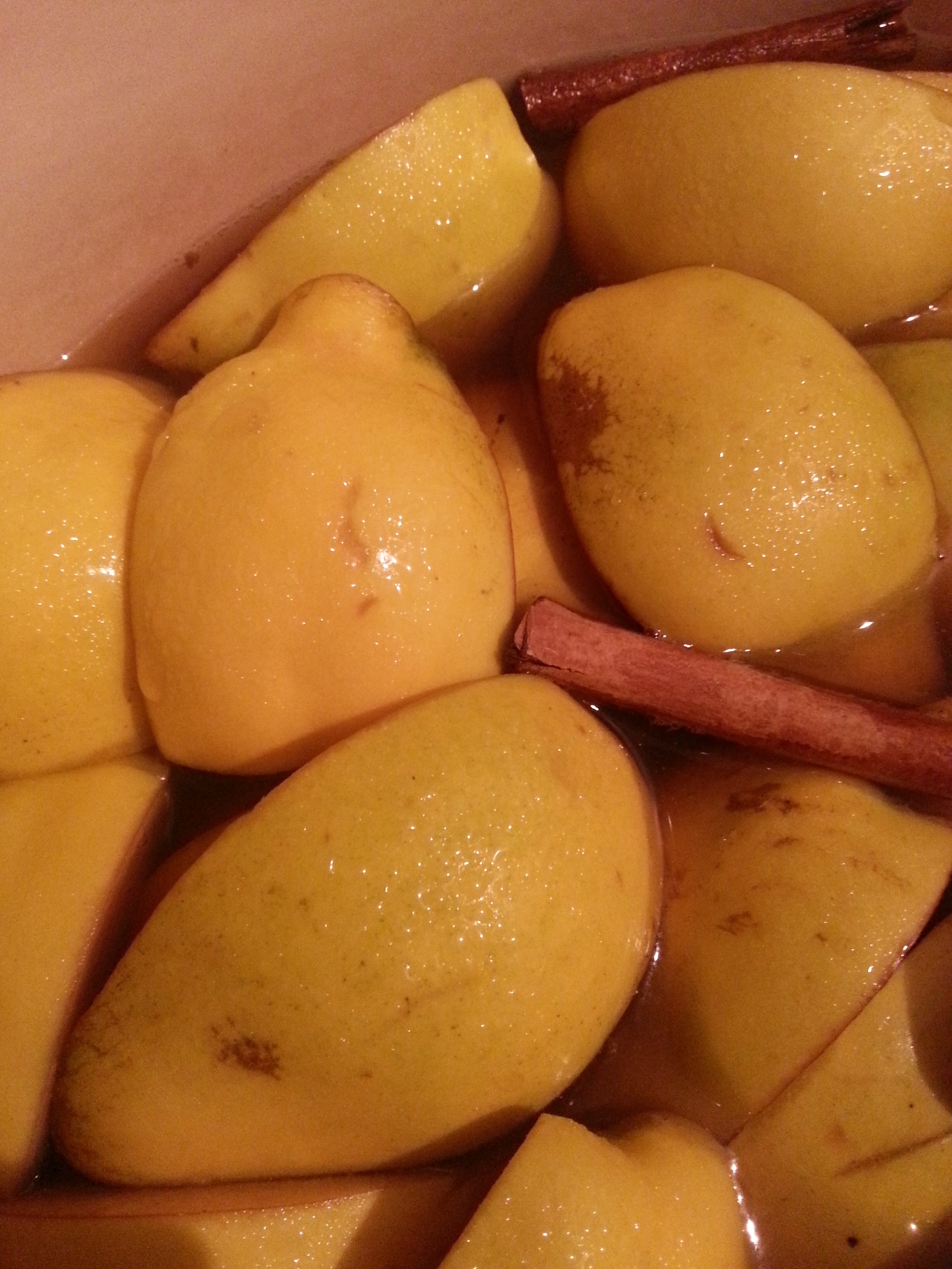So far I have aimed to share some of my historic discoveries and demonstrate how easily they fit into a modern cooking repertoire. Many people have enquired as to how I got started in food history and where they can go to do similiar research. As a beginner my first steps were in the world of medieval cookery, a truly exciting time of change. With the introduction of sugar and exotic spices into the stomachs of the most affluent in British society, diet often reflected many of the political and social changes of th era. There is a wealth of written information on this period, perfect for the historically curious cook.
As my understanding grew I so did my desire to learn more about how our diets evolved throughout history, rather than focusing on a single snapshot in time. So imagine my delight when my husband arrived home with the new book by William Sitwell in 2012. The arrival of a new cookbook is always greeted with boundless excitement in History Girls HQ but this was to offer the perfect combination of instruction and commentary on my favourite topic. Rather than a simple collection of receipts, ‘A History Of Food In 100 Recipes’ aims to introduce you to how one innovation fits in to it’s social context, then how one influenced the next.
William Sitwell is a renowned food writer and restaurant critic perhaps best known for his role as Editor for Waitrose Kitchen Magazine. Throughout the book his style is warm and friendly. So often history can be dry and humourless but Sitwell manages to include a lot of factual information in a manner which feels accessible to the novice reader. His experience on the topic is evident and instills the reader with confidence as he walks you through the evolution of cooking and diets within human civilisations.
The ‘recipe’ I use most from this book is one you will be familiar with as I have shared it many times on my History Girls facebook page. Tiger nut sweets, circa 1400 bc is a tantalising story of Ancient Egyptian stone carvings and Old Testament bible stories. Made up of nothing more than dried fruits, almonds and honey it is also an excellent example of how an ancient delicacy can fit perfectly with modern trends. Pressed together the ingredients form the original high fibre, low sugar energy snack: perfect for life on the move.
If you are interested in widening your own repertoire of historic influence dishes then I can thoroughly recomend this first book by William Sitwell. In addition to confirming research I had from previous sources it was the start for a great number of research threads I am still following two years later. I hope for the arrival of another book from the author, regardless of whether it concentrates on history.
To find out more about William Sitwell and his work please visit http://www.williamsitwell.com
To explore medieval and Tudor recipes try Ivan Day at http://www.historicfood.com/







